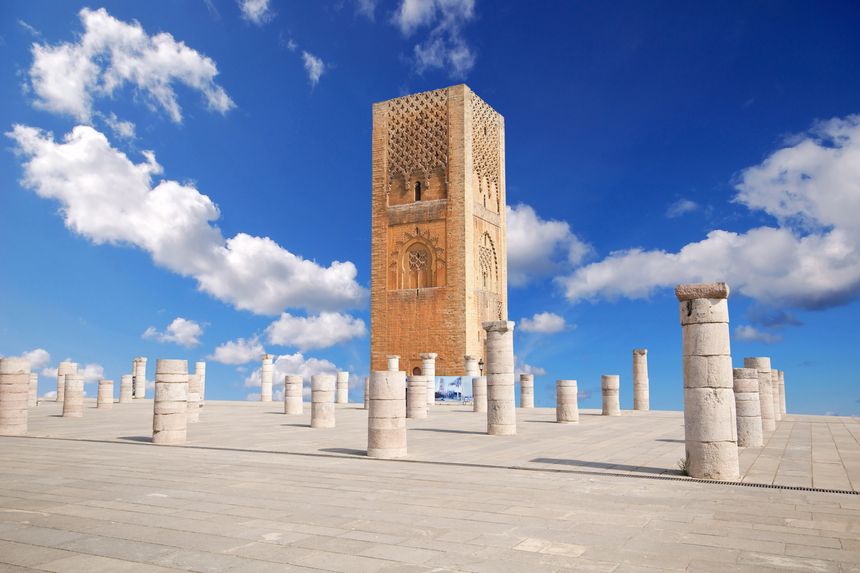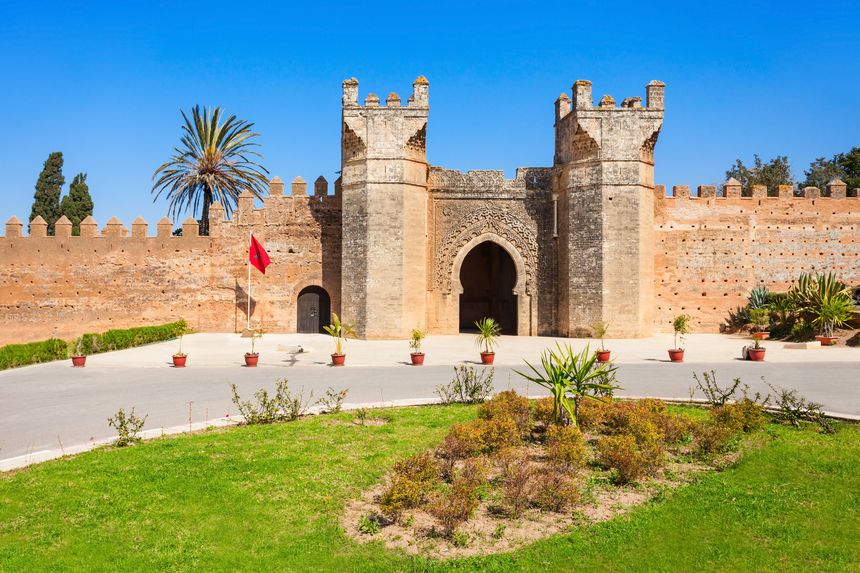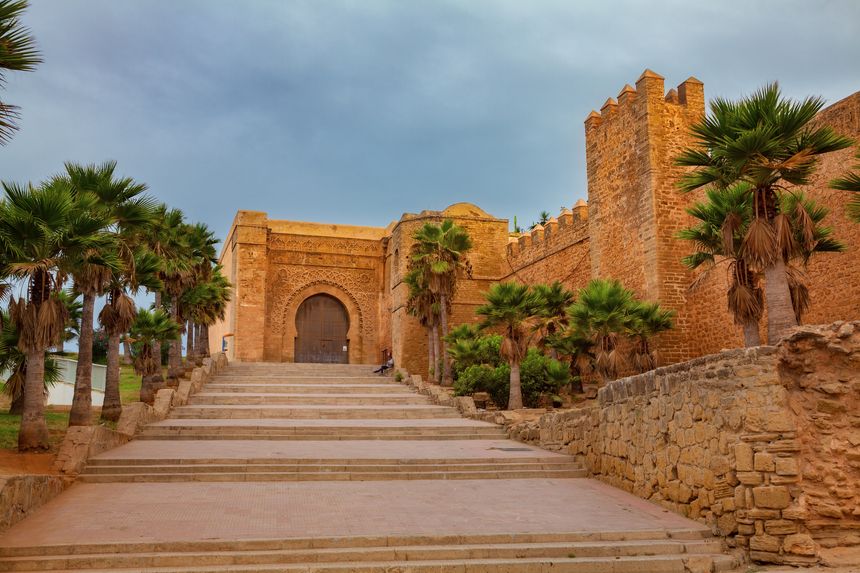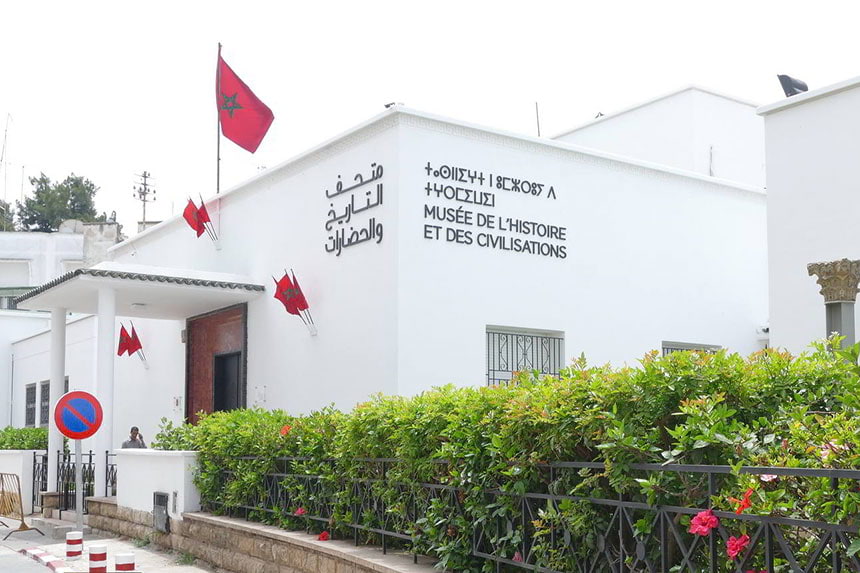Rabat: 4 must-see attractions
Tourist attractions
What to see in Rabat?

Hassan Tower and the Mausoleum of Mohammed V
The Hassan Tower is a symbol in Rabat it's a bit like the Effeil Tower in Paris. Commissioned in the 12th century at the request of Sultan Yacoub El Mansour, who wanted to build the world's largest Mosque, the construction was abandoned when the latter died, leaving the tower unfinished. Today, the Arab-Andalusian style building is a popular destination for tourists, who also come to visit King Mohammed V's magnificent Italian white marble Mausoleum, located a few metres from the Hassan Tower. Inside the Mausoleum are the tombs of the King and his two sons, including Hassan II, who succeeded him to the throne.

The Necropolis of Chellah
Located outside the city centre, the Chellah Necropolis is a place full of Mysticism and Spirituality. Built on the ruins of an ancient Roman city, it was evidently used as a cemetery for several Heads from the Merinids Dynasty. Now restored and protected, this historic site is the ideal place for a romantic escape into the heart of a lush garden and ancient scenery.

Kasbah of the Udayas
Built in the 12th century under the Almoravid Dynasty, the Oudayas Kasbah has had various functions throughout its history. Initially used as a military base for Moroccan troops, particularly during the conquest of Andalusia, then as a privateer's hideaway, its current name was given by Sultan Moulay Abderrahmane in honour of the tribe of the Oudayas, who once occupied the Kasbah. The place was turned into a charming little village during the second half of the 19th century, under the influence of the French protectorate. The narrow streets and the bright white-and-blue coloured houses are very much like a Greek island!

Museum of History and Civilisations
The Moroccan basements are full of treasures, and a large part of these treasures are now reunited at the Museum of History and Civilizations in Rabat (formerly the Archaeological Museum), which is the most visited museum in the city. Opened in 2017 after a one-year restoration, it hosts superb collections of objects, pottery, everyday tools and mosaics that tell the story of Morocco from prehistoric times, through ancient Rome, then the Islamic period with the great Moroccan dynasties, the last of which, the Alawids, still exists today.
You may also like
-
Flights to Morocco
All you need to know before buying your plane ticket
-
Tourist maps
Region, attractions and distance map Morocco!
-
Hotel or vacation rental?
Find your dream accommodation in Morocco at the best price...
-
When to go?
Be sure to visit Morocco at the best time of year!
and why not...
 Portugal
Portugal




